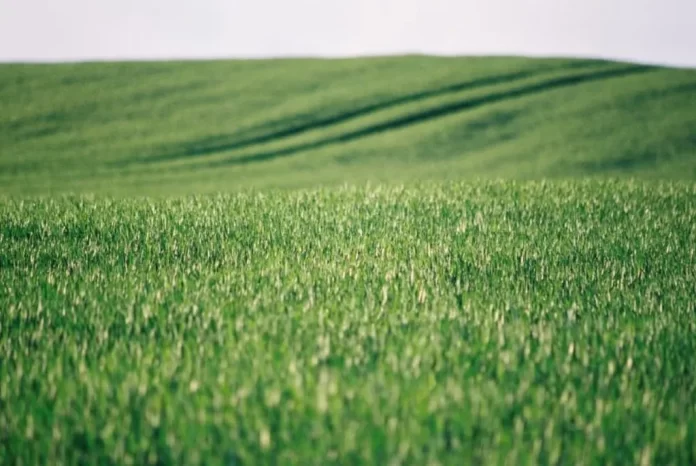Ryegrass is very beneficial because it’s used to do several things. They help a lot because they can ensure your lawn is in top condition. Ryegrass is also known to be called warm-season or cool-season grass.
The unique ability of ryegrass is its adaptability to grow well in diverse environmental conditions and its height. It makes ryegrass easily mewed, giving you a perfect look. One of the notable benefits of ryegrass is that it is very good for pasture. This is because it can be easily digested and is a delicacy for animals like horses, cattle, and deers. However, there is a likelihood you experience drawbacks that can include risks of persistence, especially in winter and different uniformities.
Table of Contents
Pros and Cons of Ryegrass
Pros of Ryegrass
It Improves Nitrogen Content and Soil Aeration
Ryegrass is known to ameliorate soil quality because it incorporates nitrogen and organic matter. It is always important to decide if you are to seed or top-dress when planting ryegrass on the lawn. This is because the nitrogen level present in your soil will be affected.
If you top-dress, you will add nitrogen and organic matter to the soil, increasing the nitrogen levels absorbed by your grass.
Its Adaptability to Shades and Sun is Unmatched
Ryegrass can be planted in shady areas without sun or in shady areas with plenty of it. This is important because it allows any gardener to determine the type of soil to cultivate.
Due to its capability to adapt to diverse environments, ryegrass can thrive even through the difficult period of drought.
It Can be Sown in Fall and Spring
It is suitable to grow your ryegrass in fall or spring. To avoid having a patchy appearance on your lawn, be advised to sow ryegrass in the fall. In the fall, the seed takes time to germinate, unlike during the spring when they only take a few weeks.
It Easily Chokes Out Weed
One of the most important benefits of ryegrass is its ability to release Allelochemicals which is key in inhibiting the growth of different plants. Weeds such as crabgrass can be boring on your lawn, but you need not worry because the extract from ryegrass will make them die off.
Can be Easily Replaced
Ryegrass can be easily replaced since all you need is to mow the grass and reseed it with another type of grass. Remember not to leave the grass too tall when mowing; a height of about two feet is recommendable.
Cons of Ryegrass
Even though ryegrass has all the flaws, here are some drawbacks that are worth considering.
Ryegrass Cannot Be Eradicated Easily.
It would help if you didn’t plant ryegrass in areas with other grasses because it is not easy to eradicate them.
Ryegrass Requires Plenty of Water
Although ryegrass can survive even the harshest conditions, they require a significant amount of water. It is advisable to water ryegrass early at dawn or late in the evening during the growing season. Don’t let the soil crack because it will not be able to absorb the water effectively.
Ryegrass Requires Regular Overseeding
Unlike other types of grasses, ryegrass requires regular overseeding. This is important to avoid having it grown in clumps. The clumps will give an unsatisfactory appearance to your lawn, something you wouldn’t like.
Ryegrass Requires Proper Mowing and Maintenance
Mowing ryegrass can be daunting because a dull mower can make ryegrass blades shred. Maintaining it is also costly since you need to spend on the special blades for ryegrass. To avoid such costs, you can opt for the ones labeled “dual action.”
Conclusion
Ryegrass can make your lawn look stunning if you grow and maintain it well. To keep it top-notch, always maintain high moisture levels, carefully adjusting the watering schedule depending on the season.
Given that ryegrass is perfect for residential and commercial lawns, their pros and cons are worth noting.



















